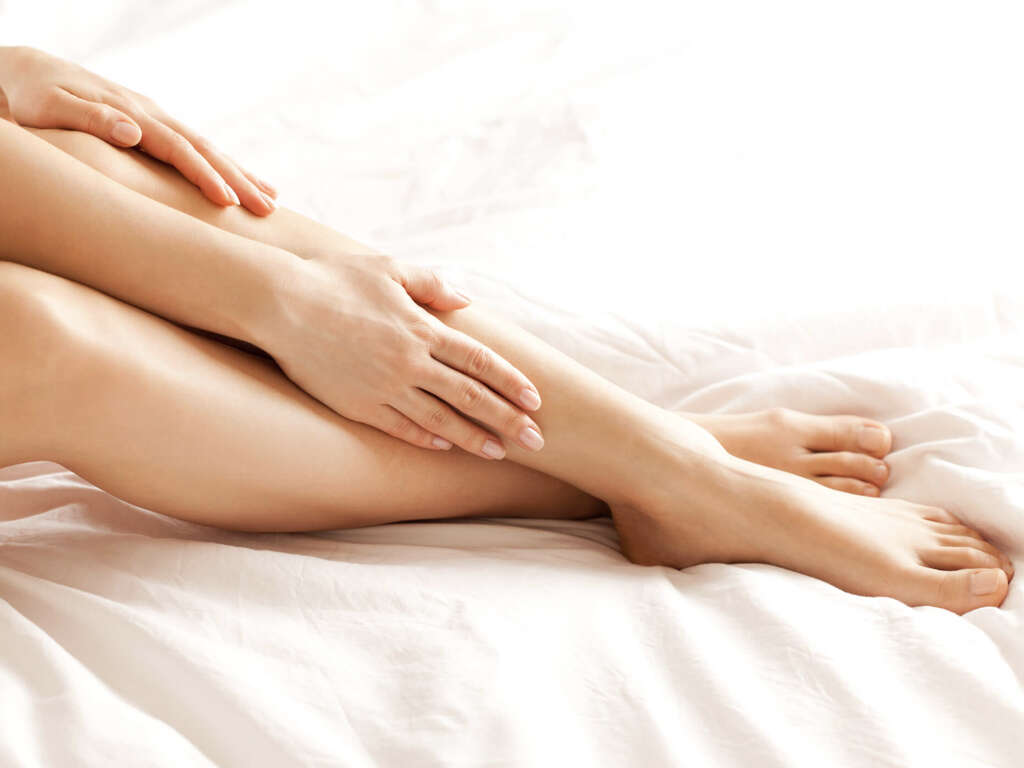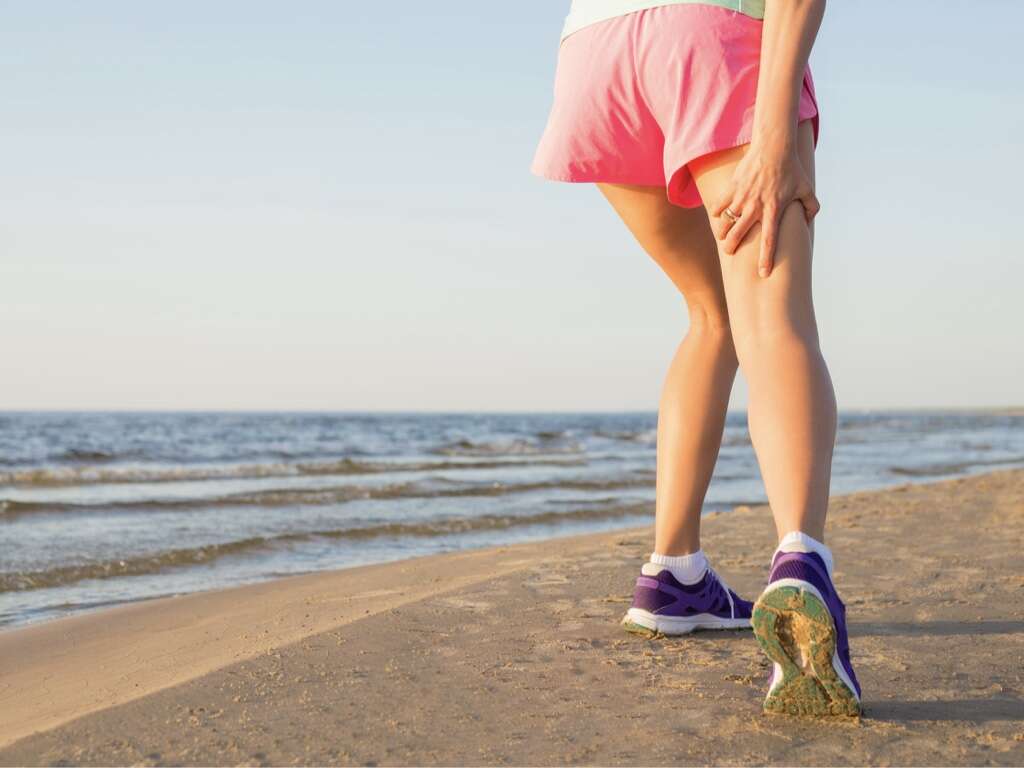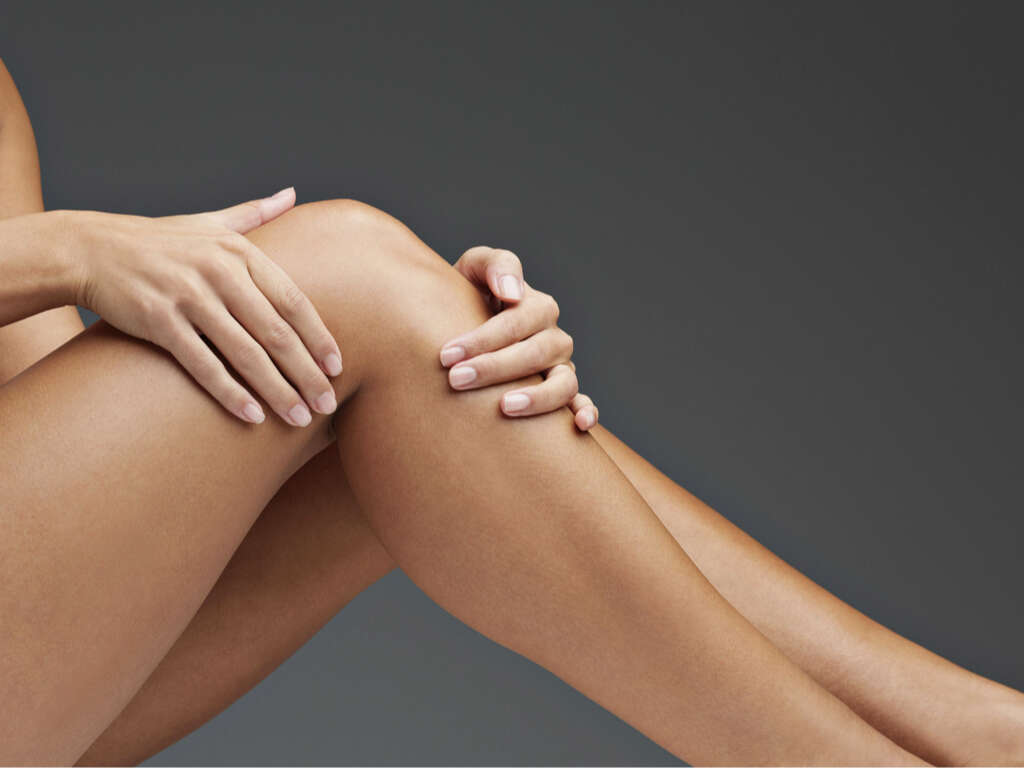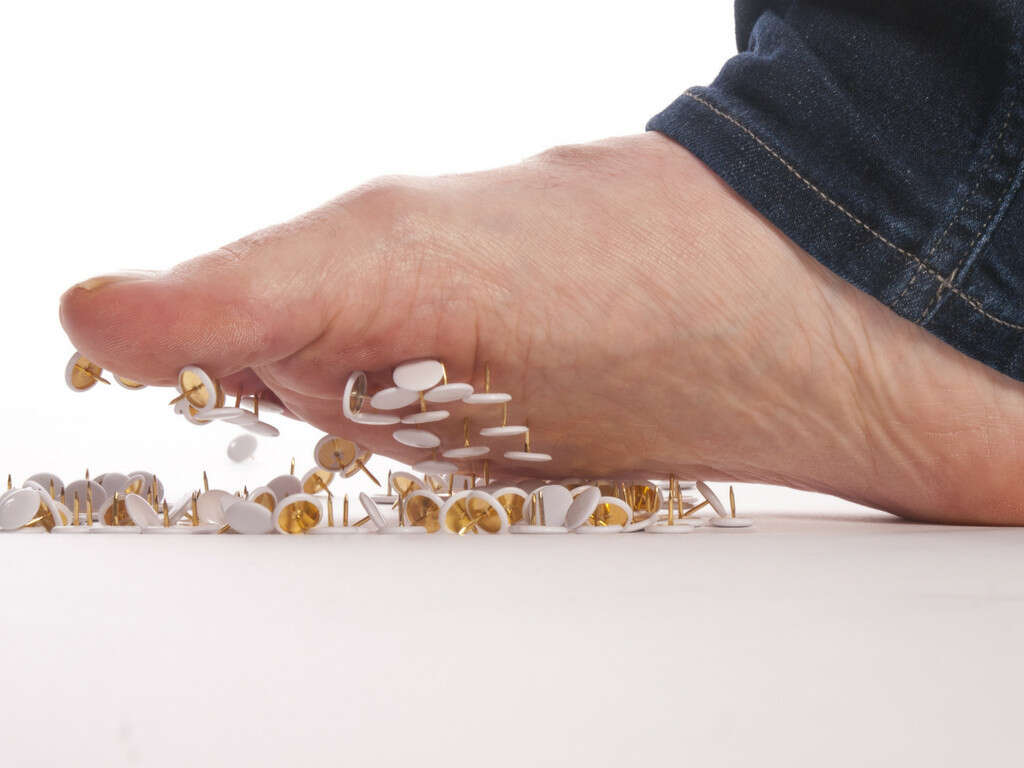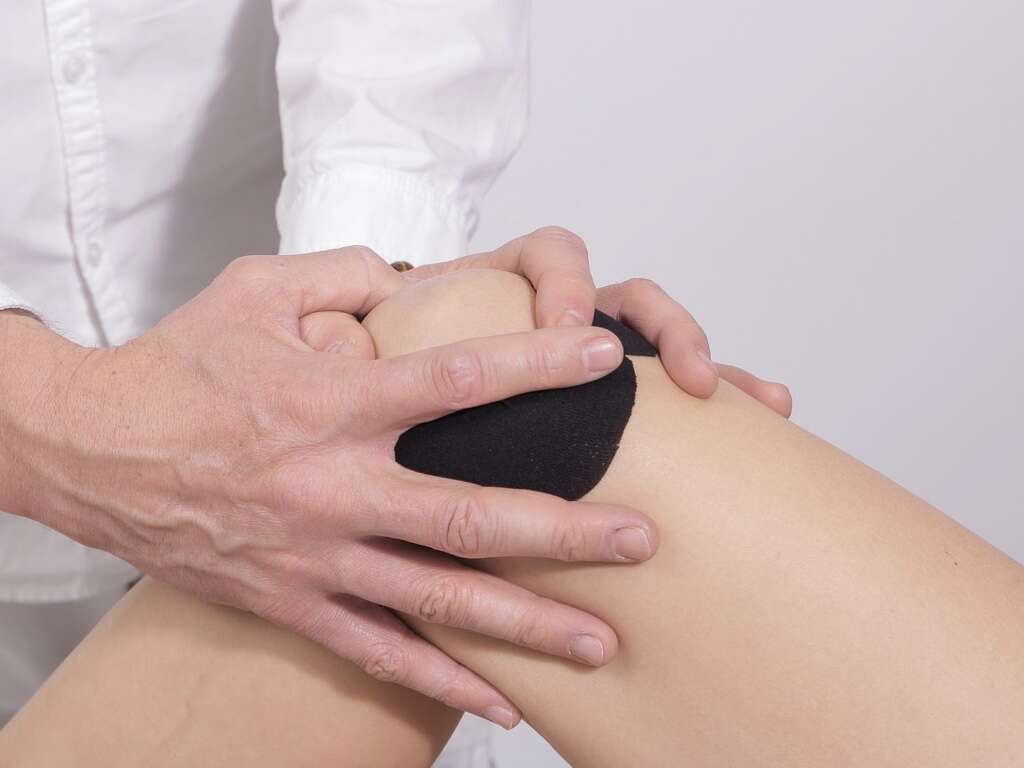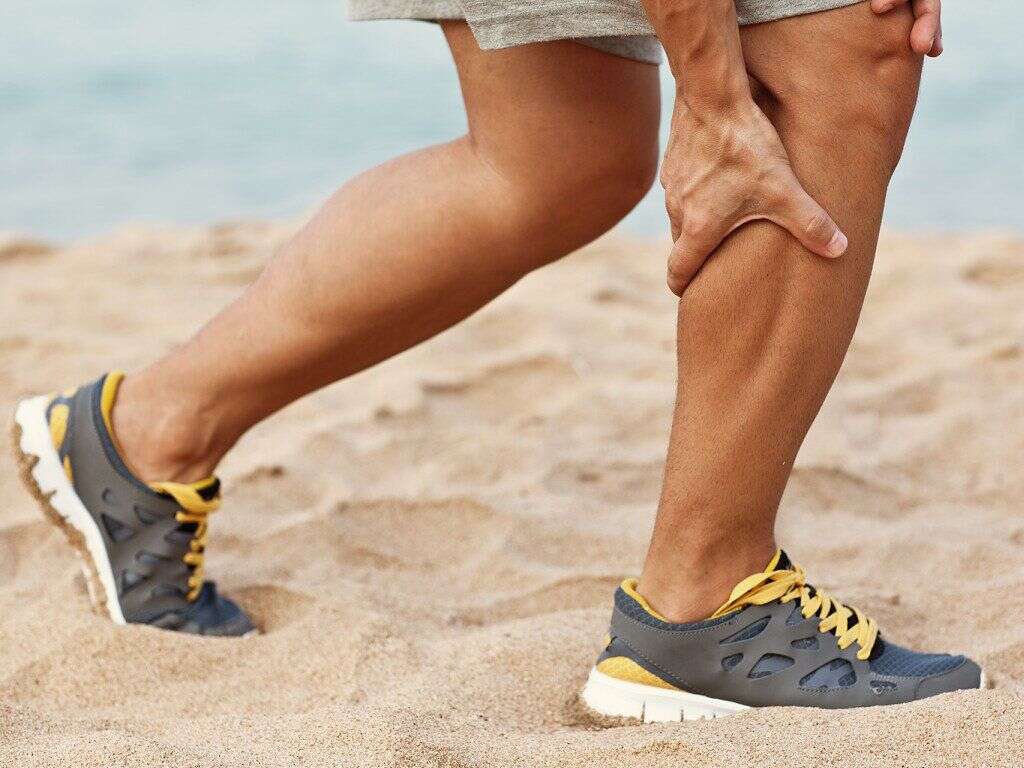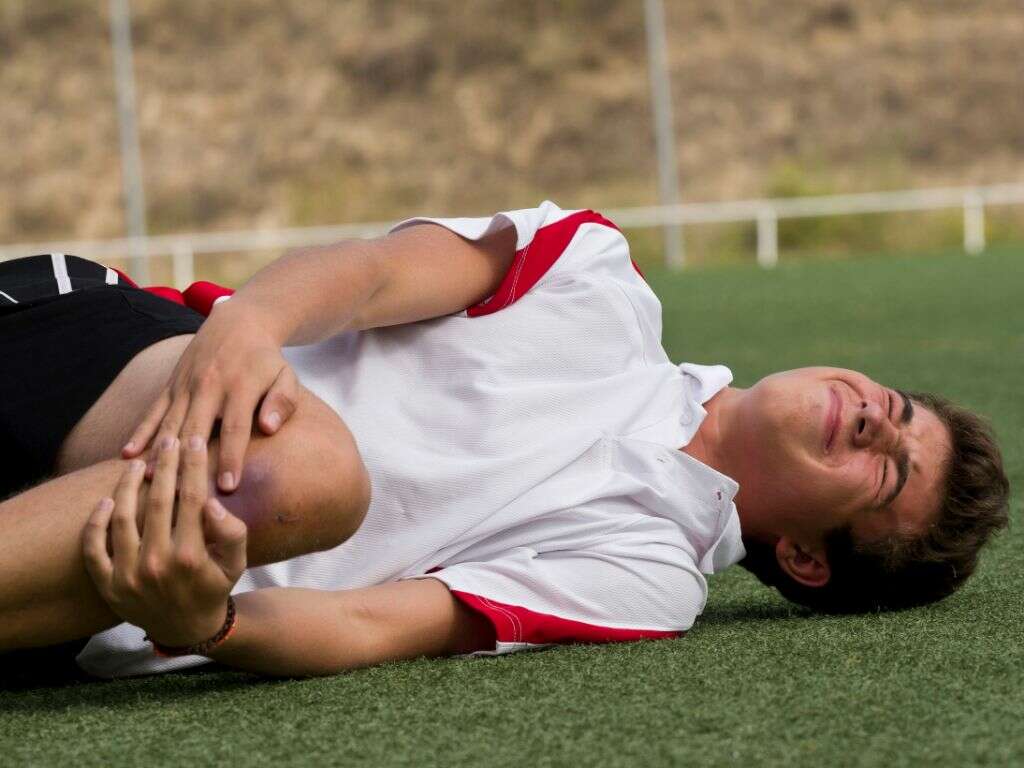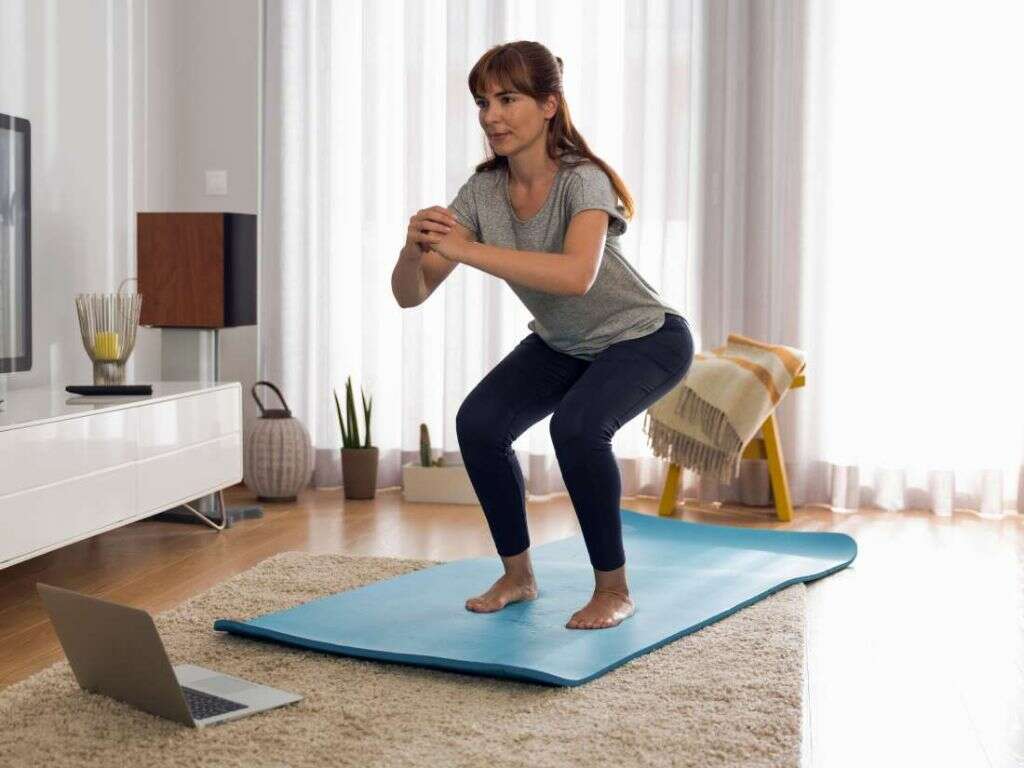Patellofemoral Pain Syndrome Symptoms
Patellofemoral syndrome is a condition characterized by pain located in the front of the knee (anterior pain). It is usually associated with active people that engage in sporting activities like runners and cyclists, this is why it is also known as “runner’s knee”.
The condition is usually bilateral but most of the patients will have one knee that is more symptomatic than the other. It is important to seek medical attention for proper diagnosis and evaluation of the possible treatment options.
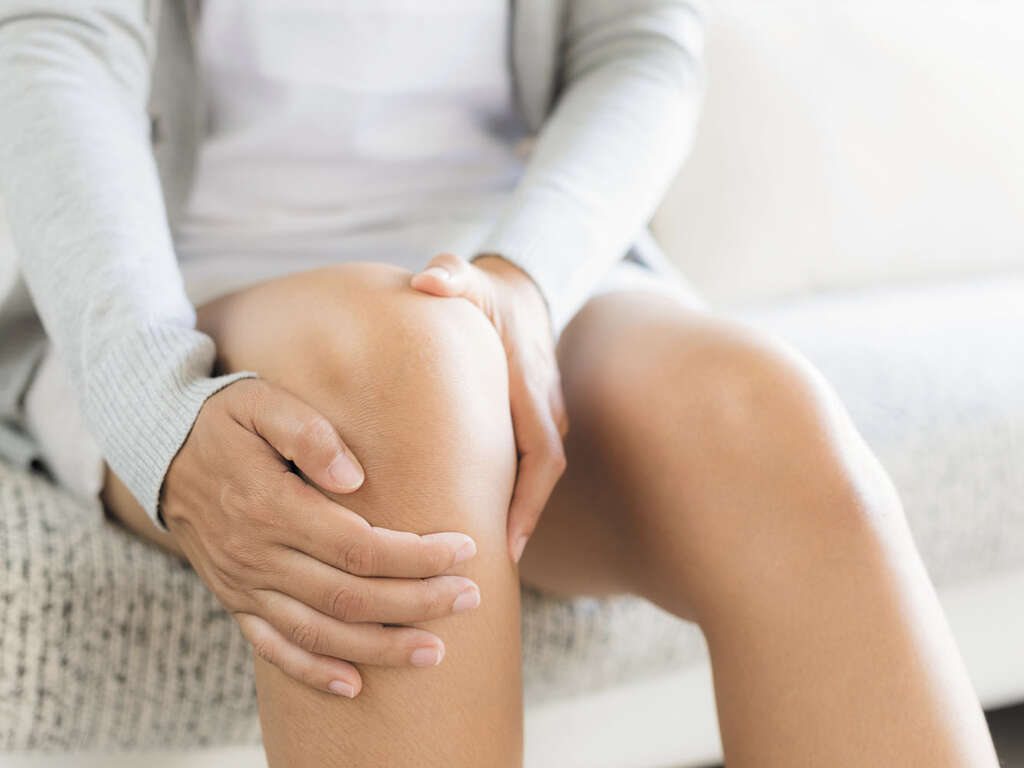
1. Gradual Onset
Pain associated with patellofemoral syndrome is located in the front of the knee (anterior side), and it is usually felt behind the kneecap.
In cases of patellofemoral syndrome, the patient might barely notice anything, to begin with and they might put it down to something temporary. As time goes by, however, they will begin to notice it more and the degree of pain will increasingly limit their mobility. It is advisable to see a medical professional as soon as you recognize that something is wrong.

2. Pain When Kneeling
Sometimes it is necessary to get down on our knees, especially when there is a job lower down that needs to be done. This is something that is very easily done in our youth but takes an increasing amount of effort as we get older. People that develop certain medical conditions can find that kneeling becomes all but impossible to do, even if they are otherwise in great condition.
Kneeling puts a lot of strain on the muscles, the joints, and on the tendons of the knee. As such, people with patellofemoral syndrome will likely need to avoid kneeling altogether.
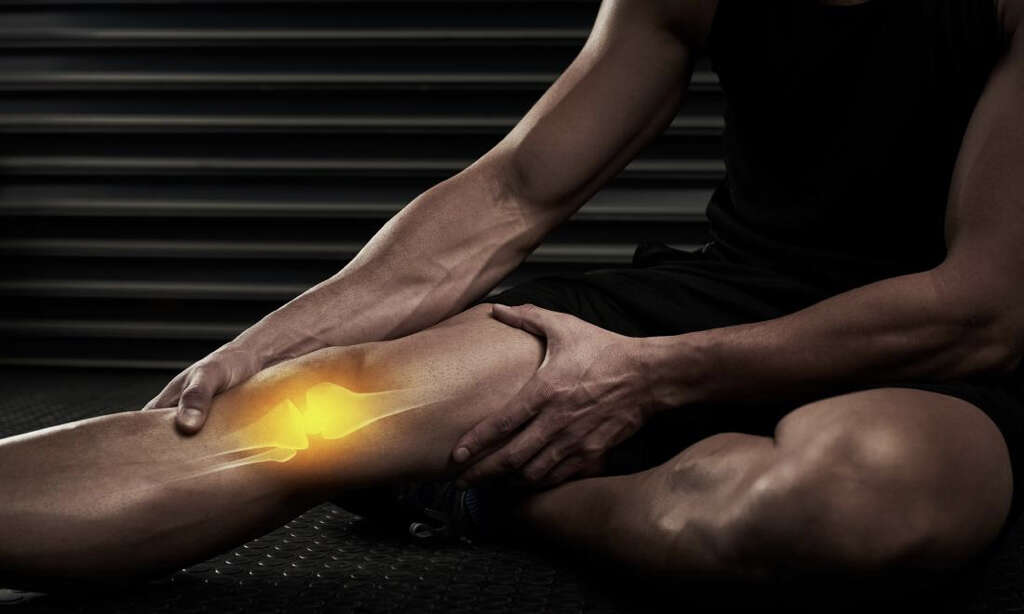
3. Pain When Squatting
Another way of getting into a low-down position is to squat. This basically means balancing on your feet while your knees are bent almost fully, with your buttocks almost reaching the ground while your torso remains upright. Squatting is also a popular exercise technique that helps to strengthen the muscles in the legs, especially when heavy weights are used.
If you do work out, though, and you have patellofemoral syndrome, then you will likely need to avoid doing any squats. It is a movement that is very demanding on the knees and it is likely to cause some pain, while also maybe making the condition worse.

4. Pain Climbing Stairs
For people with patellofemoral syndrome, however, stairs are a very difficult challenge indeed. Climbing stairs means lifting almost your whole body weight at the knee, and this puts a lot of pressure on the joint.
This means that even going upstairs to go to bed at night or to use the bathroom can be a painful experience for some people.

5. Theater Sign
Patients suffering from patellofemoral syndrome may experience pain when sitting for long periods with their knee flexed.
This is also called the “theater sign” due to the triggered pain caused by the long period of sitting while watching a movie.

6. Popping Sounds
Some people with patellofemoral syndrome will experience popping sounds in their knees as they move them, while others will also describe the sound as a crackling sound.
The sounds in themselves are not anything to be concerned about, but they are a sign of an underlying problem that needs addressing.
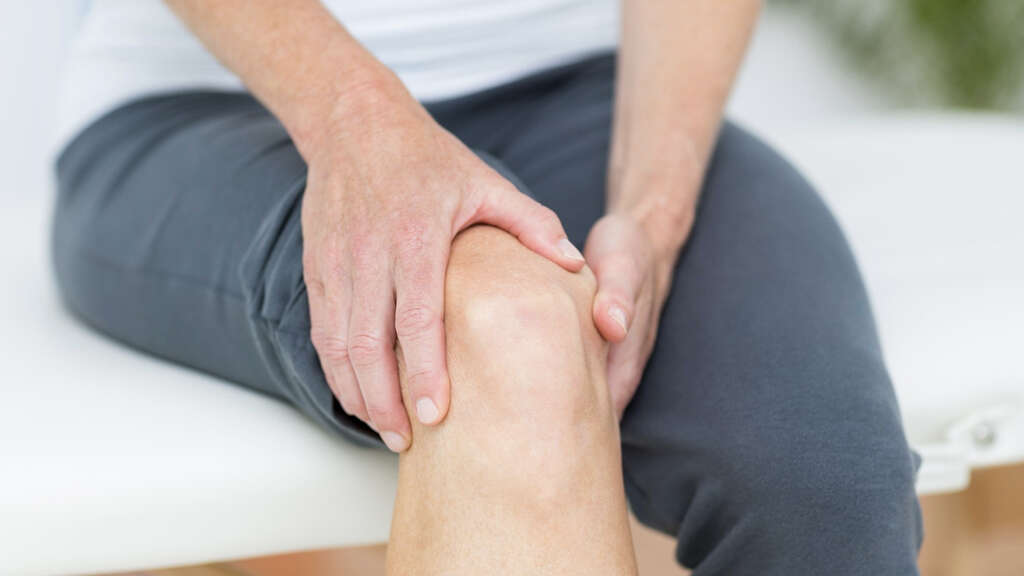
7. Grating Sensation
Our joints are well lubricated, and the ends of the joints are covered in soft cartilage that helps provide a soft barrier. This helps ensure that our joints can move smoothly and without the different bones coming into direct contact with each other.
Patients with patellofemoral syndrome, however, will often find that their joints don’t move quite as smoothly as they should do. Instead, they will experience a grating or grinding sensation as the joint is moved. This can be quite uncomfortable for the patient and it is something that should be seen to if it has not been already.
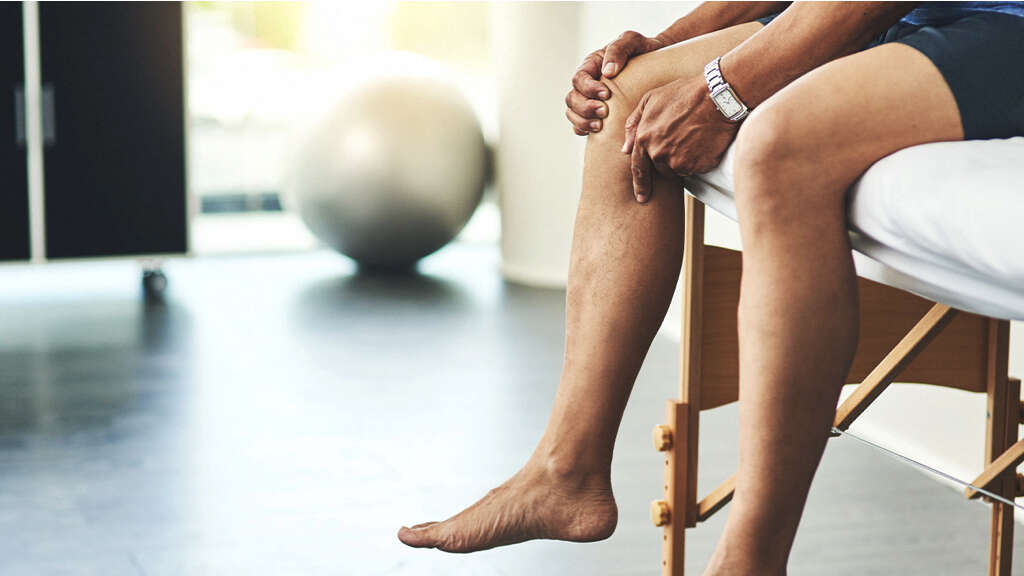
8. Pain Playing Sports
Patellofemoral syndrome most commonly occurs in active people. After all, they are going to put their knees under rather a lot more strain than less active people will. Not only can sports be an underlying cause of the problem, but the condition can also limit their ability to play sports.
Many people with patellofemoral syndrome will find that the pain increases as they play sports, with sports that involve more use of the knee joint being the worst. Patients should seek medical attention to discuss their return to sporting activities and evaluate which sports provide less impact to the knees.
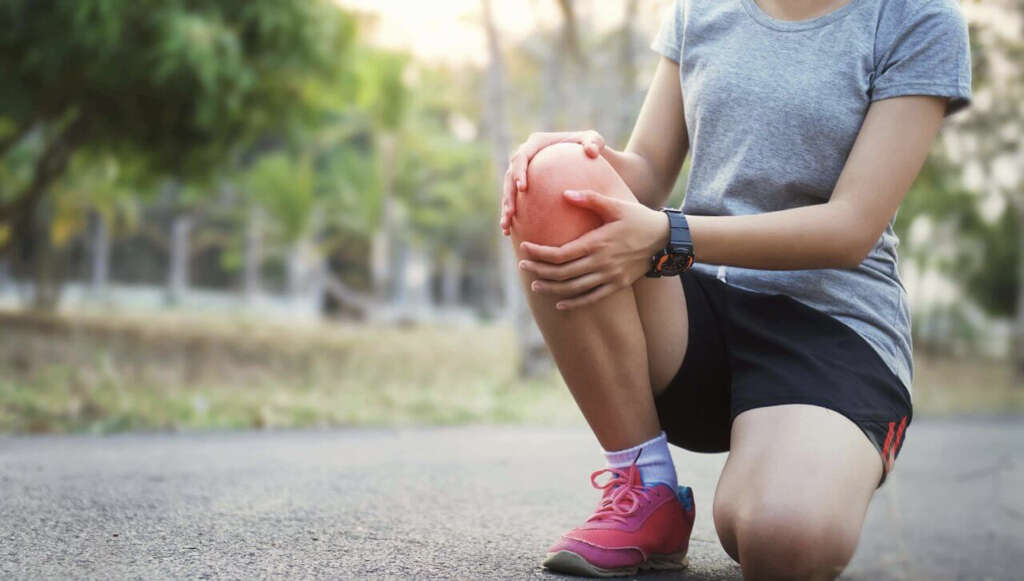
9. Muscle Weakness
The muscles in our thighs are among the largest and strongest of all in our bodies. This makes sense as, after all, they are responsible for allowing us to walk and run upright despite the weight of our upper body. As with other muscles, they will begin to grow weaker the less they are used.
Somebody with patellofemoral syndrome is understandably going to be less active than they otherwise would be. This would mean that well developed muscles will soon begin to weaken. If the condition is successfully treated, then the patient should be able to regain the strength they lost.
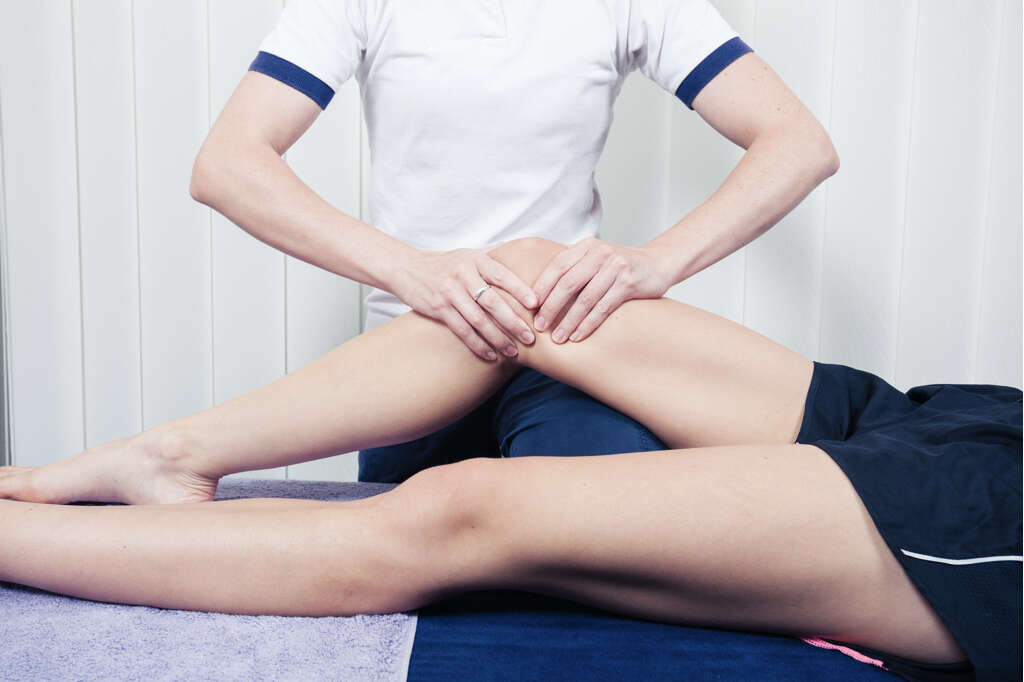
10. Swelling
Patients suffering from patellofemoral syndrome usually experience knee swelling after they engage in high-impact activities.
The higher the impact, the greater the force applied to the joint. This causes the knee to become inflamed and eventually it will become swollen.




